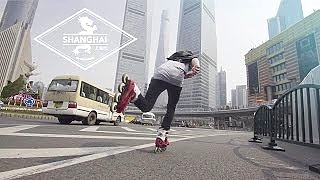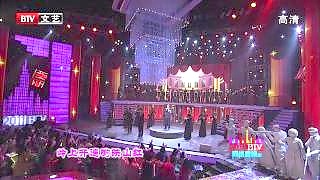With Learn Chinese with ChineseClass101.com ...
[640],shadow=true,start=,stop=With Andy and Sarah Mandarin ...
Live more ...
 Chinese 101 for beginners
Chinese 101 for beginnersWith Learn Chinese with ChineseClass101.com ...
[640],shadow=true,start=,stop=With Andy and Sarah Mandarin ...

|
Beautiful nature, hair-down relaxation; only 10,000 steps (just kidding - it's much, much more than that ;) but just look at those views !
|

|
Rollerblading the metropolis ...
|

|
XiàMén is a coastal city in FuJian province, east / south east China.
|

|

|
With Walk For You ...
|

|
北京卫视网络春晚-雨花石+我的祖国+映山红- Beijing TV Net Spring Festival Evening, 2011.
Bonus songs, from the Voice of China TV show ...
|

|
With Walk East ...
|

|
With The New Atlas ...
With NuMuves ...
With The New Atlas ...
Meanwhile ...
|